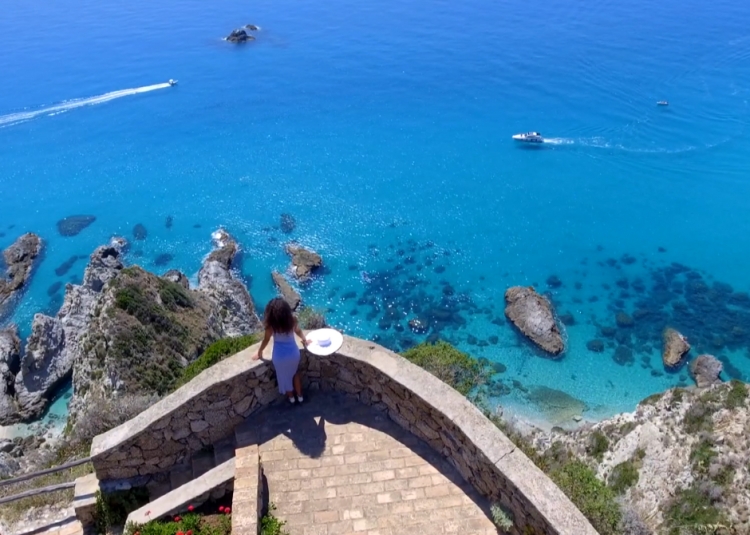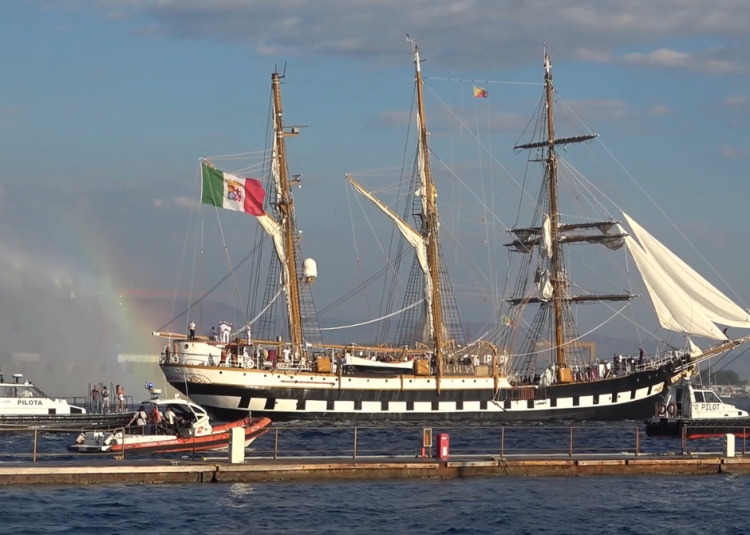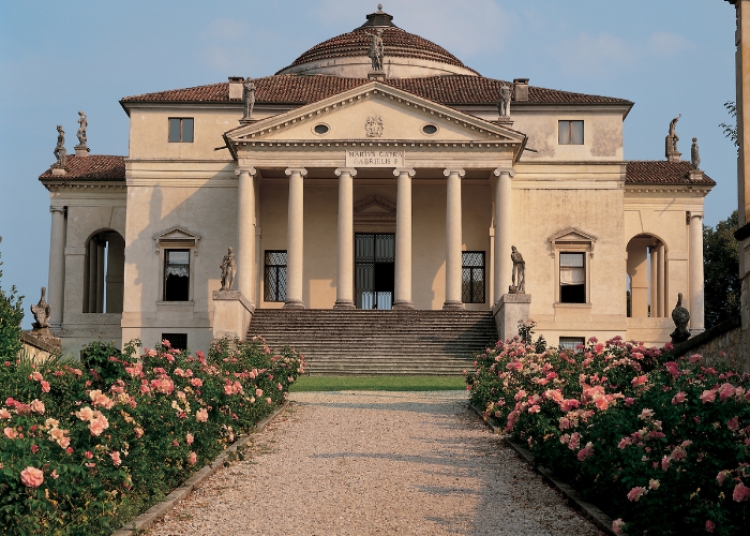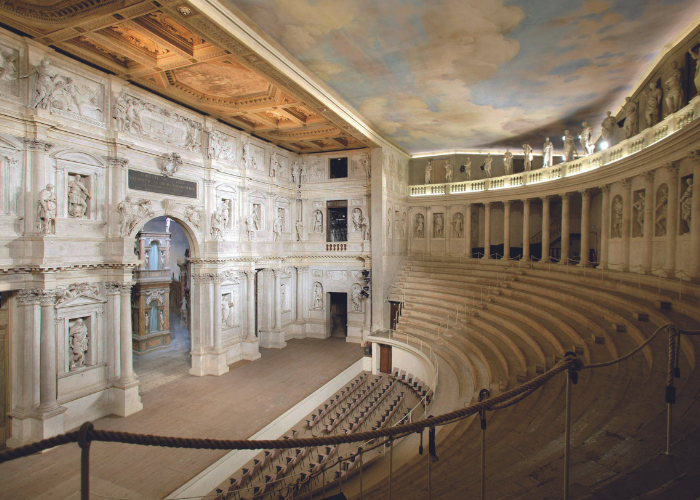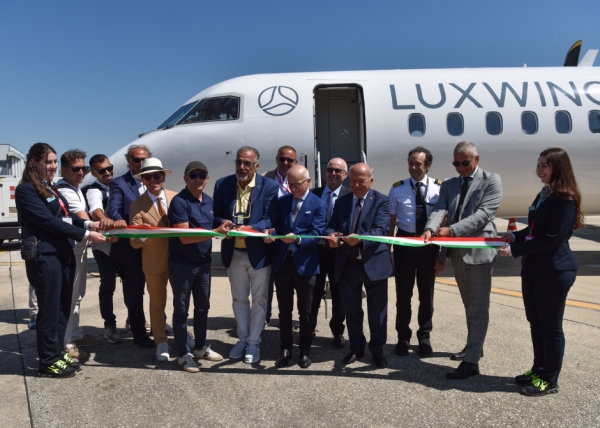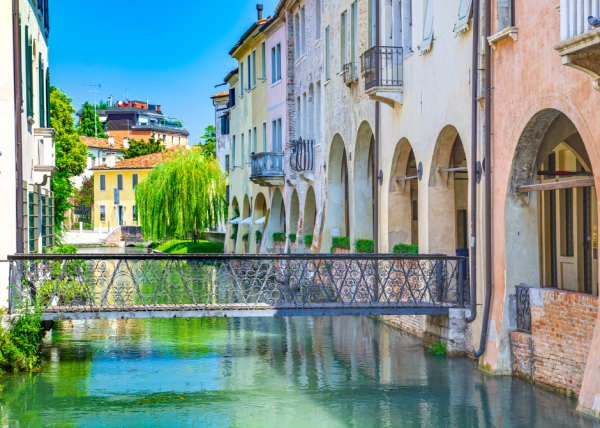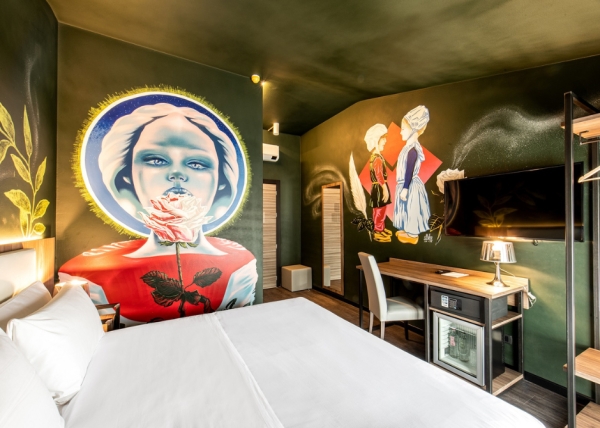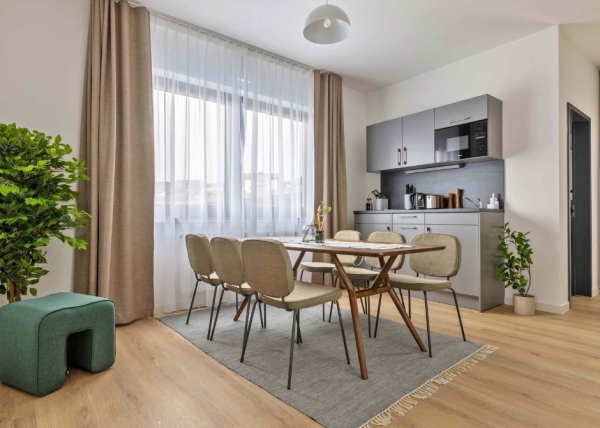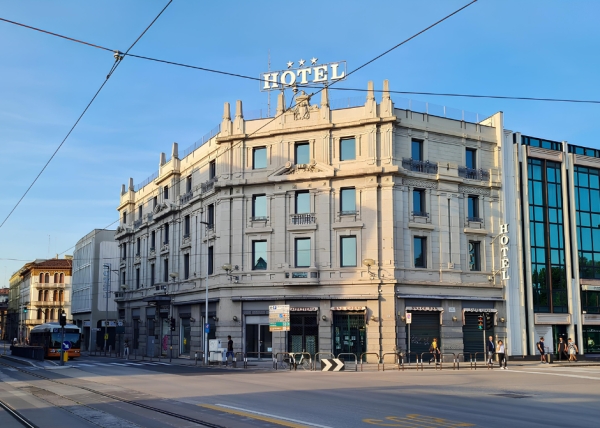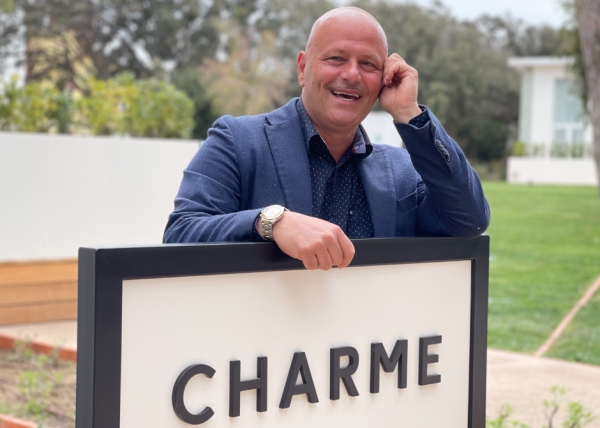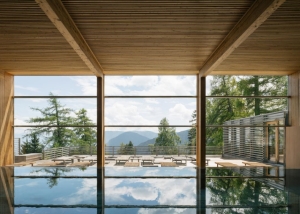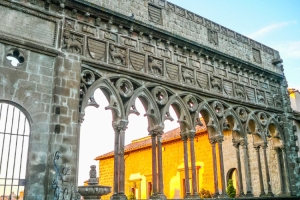Vicenza, a city of great art, history and beauty, is one of the pearls of the Veneto region. The famous architect Andrea Palladio designed most of his architectural masterworks here, and the city is a UNESCO World Heritage Site.
It is particularly suitable for art lovers who, entering its historic center for the first time, will be enchanted by the magnificence of the Basilica Palladiana that dominates the Piazza dei Signori square which has many magnificent palaces also by the great Renaissance genius.
There are several styles that characterize the city, ranging from Romanesque to Baroque to Neoclassical, and architectural aficionados will find it is a full immersion of art and beauty. Starting with the Teatro Olimpico, the first example of a permanent covered theater in modern times, or the Villa Capra known as La Rotonda which just outside the city, and one of the most famous of all Palladio’s works. In Vicenza there is so much to see; and indeed the same is true of the Veneto region where there are in all 23 Palladian villas. Of these 16 are in the province of Vicenza, there are two in the province of Padua, three in the province of Treviso, one in the province of Venice, one in the province of Verona and one in the province of Rovigo. But let’s take a closer look at some examples of Palladian art.
Villa Almerico Capra known as La Rotonda
At the start of the Riviera Berica, the area south of Vicenza, the Villa di Valmarana (or Villa Capra o Villa Capra Valmarana), which stands on a hill and is known as La Rotonda, has seduced travelers for centuries with its exquisite lines and volumes. In his treatise Palladio includes this villa with those of the city because of its proximity to Vicenza. The architect describes the surrounding environment as “one of the most pleasant and delightful that one can find: because it is on a hillock with a very easy ascent; on one side it is washed by the navigable Bacchiglione river, and on the other surrounded by very pleasant hills, which make it look like a very large theater.” Today a road cuts across the ascent to the villa from the river, and a wall interrupts the natural slope of the hill.
Work on the project started between 1566 and 1568, and seems to have been finished in 1571. On the death of the client, Canon Paolo Almerico, it was taken over by Mario and Oderico Capra in 1591, and the Capra family completed the works around 1620. The four facades in pronao-ionico hexastyle are repeated identically on each side. Palladio's project proided for the covering of the central hall with a hemispherical dome, but Vincenzo Scamozzi, who completed the project, transformed the original idea. Internally the hemispherical ceiling is decorated with frescoes by Alessandro Maganza, while on the side walls there are 18th-century Greek gods by the French painter Louis Dorigny.
Villa Angarano
Andrea Palladio drew up the project for the residence of the nobleman Giacomo Angarano to whom he was bound by a deep friendship, and to whom he dedicated the first two books of his treatise The Four Books of Architecture with the inscription: "I make you a gift of these first two books of mine where I deal with private houses...". The main body of the complex built at Angarano was unfortunately renovated between the end of the 17th and the beginning of the 18th centuries.
Documentary sources show that before the renovation there was already no trace of Palladio's building. The architect had planned a two-storey elevation punctuated by four giant semi-columns crowned by a pediment adorned with statues. To understand the importance of Villa Angarano we should heed the words of Donata Battilotti: ''... what emerges with more overbearingness and differentiates Villa Angarano from preceding works, is the ascertainment that here Palladio has finally brought to completion a fundamental stage in the elaboration of the new type of noble country residence, capable of responding functionally and figuratively to the new needs of the aristocracy, which were at the same time of aristocratic self-celebration and control of the landed estates.''  Villa Godi Malinverni
Villa Godi Malinverni
Villa Godi Malinverni
Villa Godi Malinverni belongs to the rich artistic heritage of the Venetian Villas. Andrea Palladio built this villa in 1542, and it was decorated with frescos by Gianbattista Zelotti, Battista del Moro and Gualtiero Padovano. After buying it in a state of decay in 1962, Prof. Remo Malinverni dedicated the last years of his life to bringing it back to its ancient splendour. Together with the other Palladian villas in the Veneto region, it has been included since 1996 on the list of UNESCO World Heritage Sites. The villa is open to the public for individual, group and school visits, and is a venue for conferences, cultural and social events. The Torchio Antico Restaurant is in the barchessa of the villa, and in 1954 Lucchino Visconti chose Villa Godi Malinverni to shot his movie "Senso.”
The park of Godi Malinverni, with its secular plants and its 1,300 metres of avenues, dates back to the last century and was arranged in 1852 by Count Andrea Piovene on a design of the architect Antonio Caregaro Negrin. It is romantic in style, has many differnet varieties of tall trees, and in the center there is a small lake with swans. One corner is dedicated to the loved ones who lived in the villa, with their names engraved on small cylinder or pyramid stelae and with captions by Fogazzaro and Zanella. To the back of the villa we find the Italian gardens, with ponds and fountains, about fifty statues by Marinali and Albanese, and small columns. These gardens date back to the 17th century and the beginning of the 18th century, while there are other small gardens at the back next to the exit from the 16th-century kitchen, and at the entrance to the Museum of Fossils, as well as those in front of the guest house.




